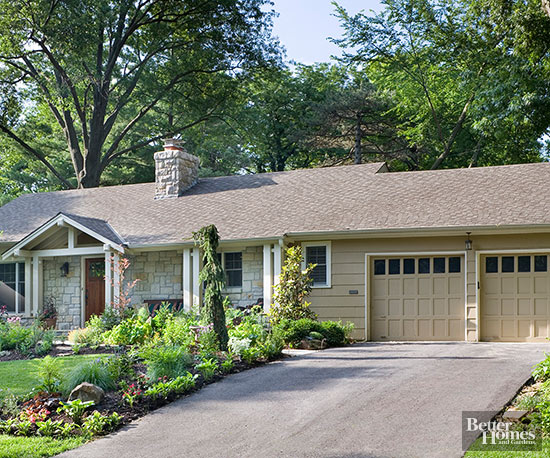
Take an In-Depth Look
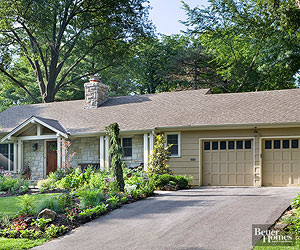
Once you have inventoried your landscape, it’s time to take a more in-depth look. Consider the environmental aspects and structural features of the site in terms of pros and cons. Note what you like and don’t like — what works and what doesn’t.
Record your findings on copies of the base map. Make separate maps to study the various sun and shade, wind, and drainage patterns of the landscape, if necessary. Whether you’re analyzing the entire site or seeking to improve only part of it, this process helps you understand how all the parts work together.
Click for 30 more great landscape design tips.
continue reading below
In time, you’ll get to know the lay of the land, as well as how each of the landscape’s elements fits or whether it needs to be remodeled or replaced. You’ll start to see problems and opportunities in a new light. Maybe you can turn a drainage problem into an attractive feature. You might reconsider planting fruit trees at the back of the lot, for example. Or perhaps dwarf trees would fare best along the sunny west side of your house where they would provide a space-saving way to improve privacy, add evening shade, create year-round interest, and provide fruit for the family.
If possible, evaluate the site over a year before you start to change any of it. Note, for instance, how the sun moves over the property, where shade occurs or water collects, if areas lack privacy or lighting, and where you’ll find the best sunset views or the most convenient spot to store your gardening tools.
Gather Ideas
Ideas abound in other people’s yards. Tour local gardens, taking notes and photos as you see design ideas that might work in your garden. In addition, stroll through the home and garden shows that occur in most cities. You’ll find everything you need for a landscaping project, from professional services and building materials to plants to scores of adaptable ideas.
Get inspired with our favorite landscaping ideas.
How Climate Affects Your Yard
Your region’s climate affects your landscape in more ways than you might think. The level of activity in your yard, the quality of your outdoor life, your choice of plants and building materials, and the success of plantings all depend on the weather and its extremes.
When planning a landscape, you need to be aware of a number of elements that influence the conditions in your area every day. These include patterns of sun, shade, wind, and precipitation. Keep in mind that these climatic patterns change subtly with time of day, season, plant development, and addition or removal of structures.
Microclimates
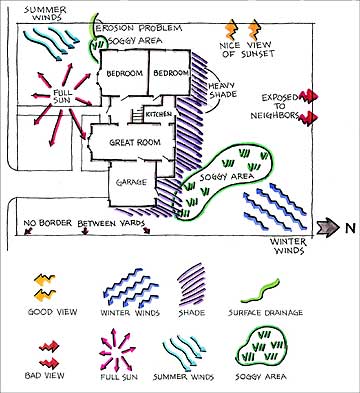
This enhanced base map shows how various climate factors affect the landscape.
Depending on the region where you live, the weather can change constantly. In addition, conditions can vary from yard to yard within the same neighborhood and even within your own yard. These variations are known as microclimates. For example, a spot in your yard may be cooler or warmer, wetter or drier, and quicker to freeze or thaw than others. Most yards have several microclimates, which are determined by sun exposure and other factors.
By taking advantage of the warmer microclimates of your yard, you may be able to grow tender plants that would ordinarily succumb in an exposed spot. You can also change microclimates. For example, you can build raised beds in an area where soil drains poorly. This not only fixes the drainage problem but gives you a bed that warms up earlier in the spring. You could bring in the first crop of leaf lettuce and radishes days or even weeks ahead of in-ground plantings.
Explore the conditions in your yard and the way they’re affected by climatic elements. Then use the drawing below as a guide for creating your own site analysis on a base map. Make up your own symbols and add to the list, if you like. Take the time to be thorough because you will refer to your site map many times.
Assess Structural Elements
Once you are armed with the knowledge of your year-round climatic patterns, it’s time to consider the existing structures on your property and how these elements relate practically and aesthetically.
At this stage, you’ll analyze the physical elements, from plants to paved areas and from storage space to utility locations. The checklist on page 19 provides a guide to various fixed objects in a typical landscape. Although your base map may already include many of these elements, this is the time to make a comprehensive map. Use the symbols below or develop your own set of symbols.
Measurements and Site Analysis
To create a true map of your existing landscape, you’ll need to accurately locate all of the structural elements on your site analysis. Double-check all measurements once you have them on your drawing. This step can save you time and money during construction.
Go back to your list of pros and cons. Chances are, by now you’ve become much more aware of what works and what doesn’t work in your landscape, as well as what you like and don’t like. This is the perfect opportunity to make note of any additional insights.
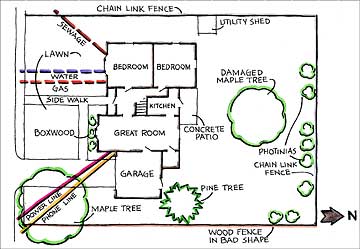
Discover Landscape Solutions
The variations of climate and terrain across the continent provide some difficult landscaping challenges. It helps to remember that each challenge presents opportunities, whether you must deal with a steep slope and erosion issues or harsh weather and poor soil. Perhaps you’ll discover that terracing the slope would make room for the patio you’ve always wanted or that the flat expanse of mucky soil offers just the spot for the water garden of your dreams.
More Landscaping Considerations
3 Things to Consider Before Starting a Landscaping Project
-
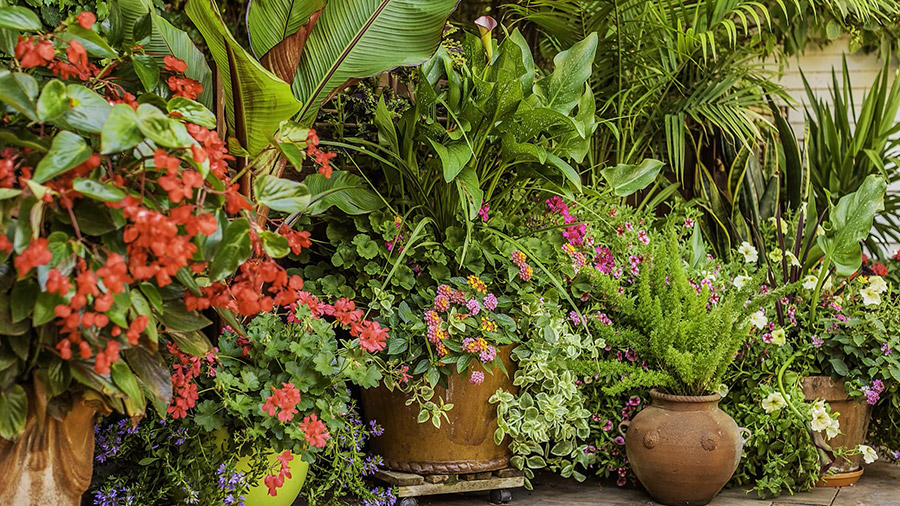
The Biggest Wastes of Landscaping Dollars
-
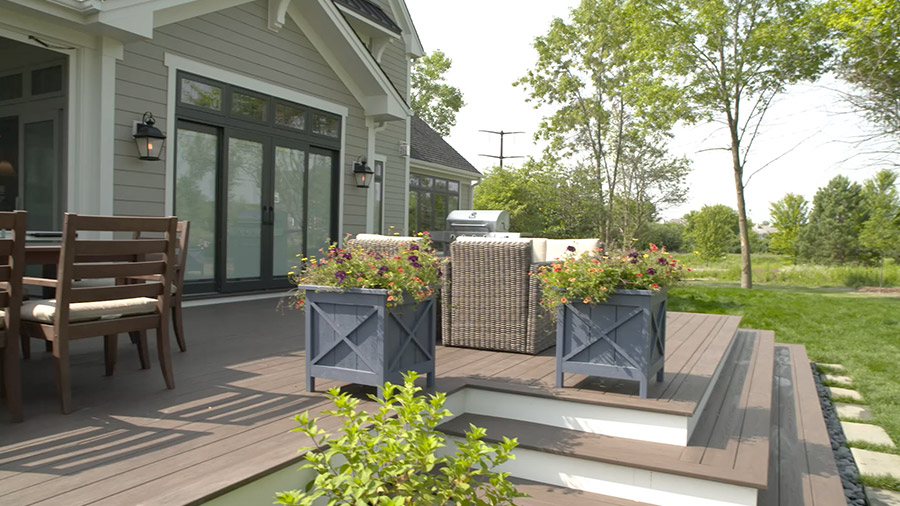
How to Prioritize Your Landscaping Budget
-
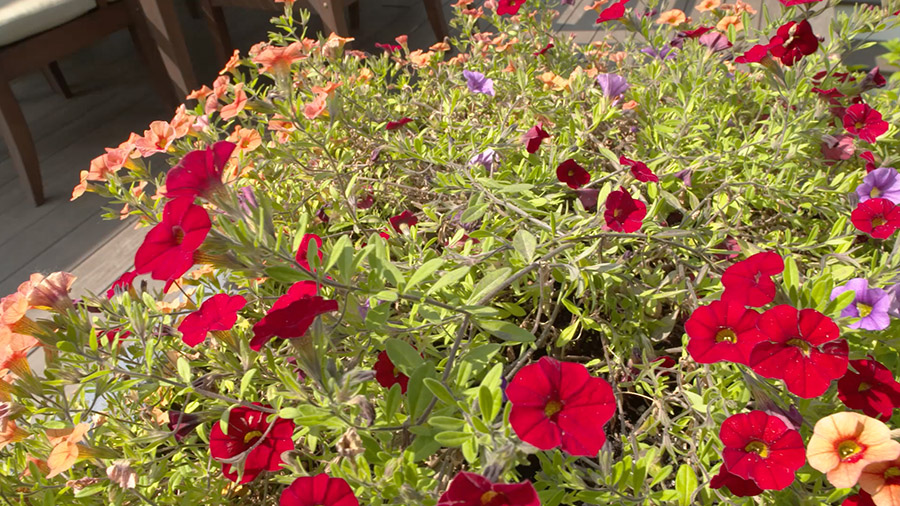
Landscaping Musts for New Homeowners
SOURCE:http://www.bhg.com/gardening/landscaping-projects/landscape-basics/evaluating-yards/